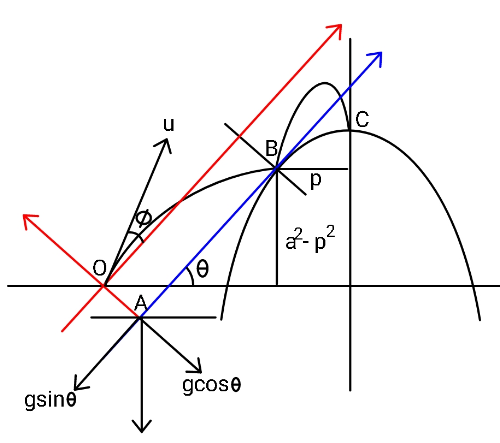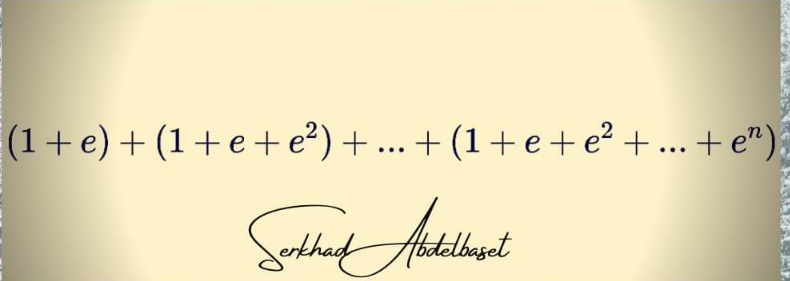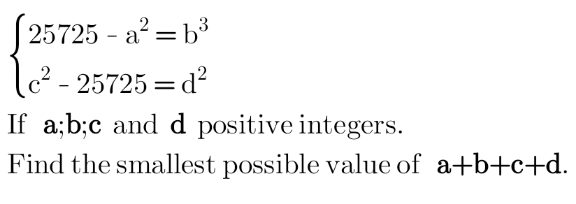
AllQuestion and Answers: Page 539
Question Number 165558 Answers: 1 Comments: 0
Question Number 165552 Answers: 2 Comments: 0
Question Number 165550 Answers: 1 Comments: 0

Question Number 165545 Answers: 1 Comments: 3
Question Number 165531 Answers: 1 Comments: 1

Question Number 165528 Answers: 1 Comments: 1
$$\int\frac{\mathrm{1}}{{x}+\sqrt{{x}^{\mathrm{2}} +{x}+\mathrm{1}}}{dx} \\ $$
Question Number 165525 Answers: 0 Comments: 1

Question Number 165511 Answers: 0 Comments: 4
Question Number 165505 Answers: 1 Comments: 0

Question Number 165503 Answers: 1 Comments: 0
Question Number 165493 Answers: 2 Comments: 0
Question Number 165483 Answers: 2 Comments: 1

Question Number 165480 Answers: 1 Comments: 0
Question Number 165461 Answers: 0 Comments: 0
Question Number 165471 Answers: 0 Comments: 1
Question Number 165457 Answers: 1 Comments: 19

Question Number 165514 Answers: 1 Comments: 0

Question Number 165512 Answers: 0 Comments: 0
Question Number 165442 Answers: 1 Comments: 0

Question Number 165441 Answers: 1 Comments: 0

Question Number 165435 Answers: 1 Comments: 0

Question Number 165433 Answers: 1 Comments: 0

Question Number 165431 Answers: 2 Comments: 0

Question Number 165428 Answers: 1 Comments: 0

Question Number 165424 Answers: 0 Comments: 1

Question Number 165422 Answers: 0 Comments: 0

Pg 534 Pg 535 Pg 536 Pg 537 Pg 538 Pg 539 Pg 540 Pg 541 Pg 542 Pg 543
